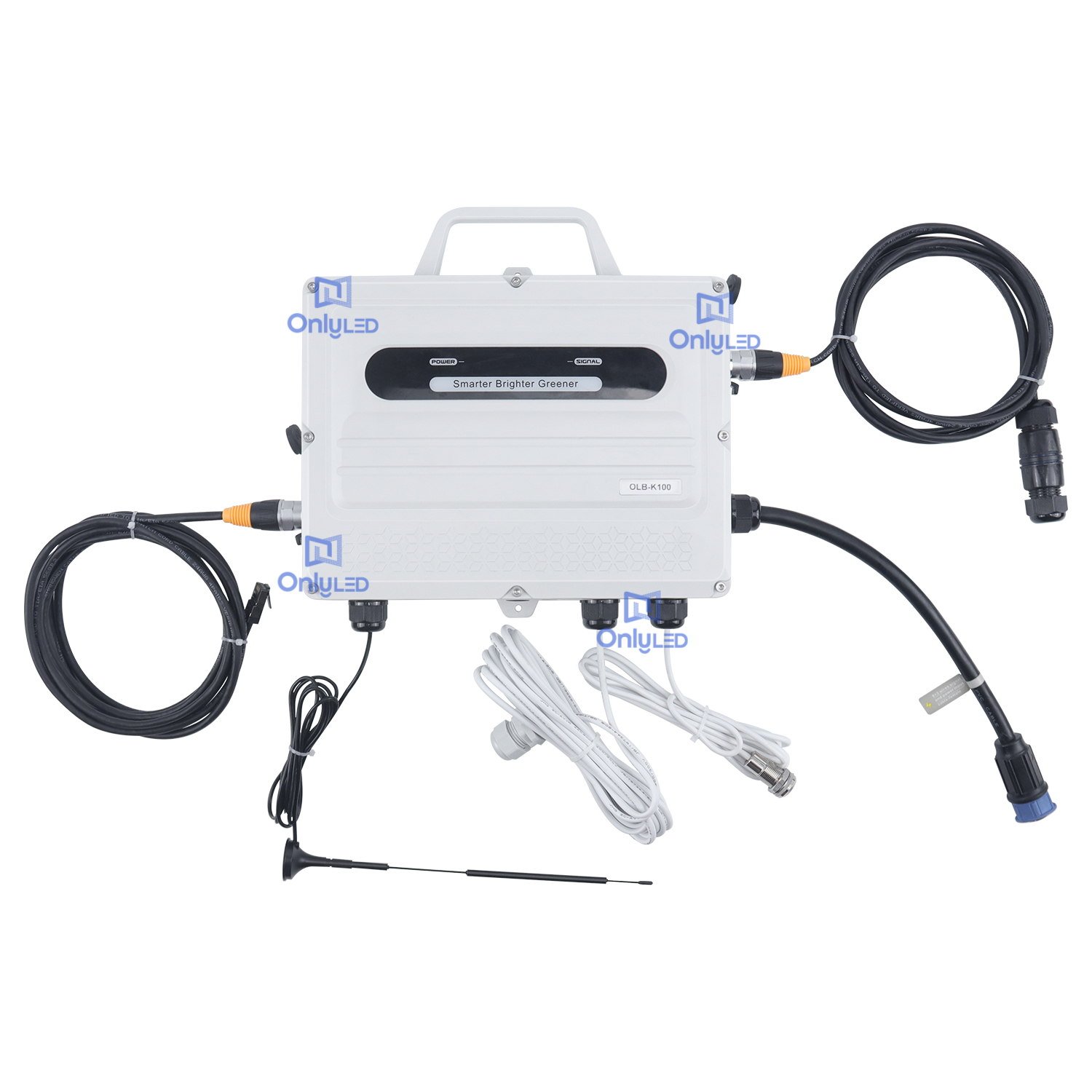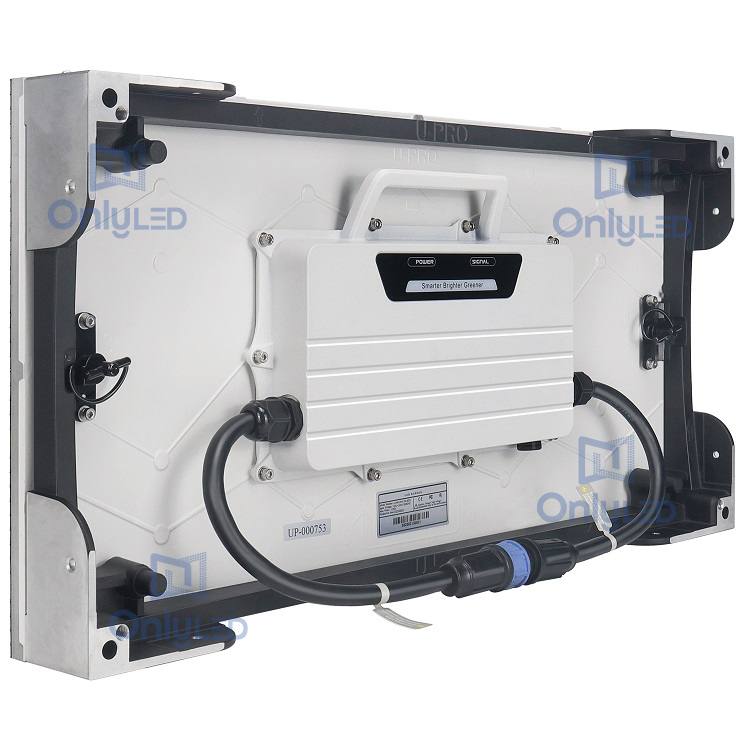Industry News
Understanding the Inner Workings of Digital Signage Systems

How digital signage works is a fascinating combination of technology, content management, and display expertise. In this modern era, digital signage has become an essential tool for businesses, organizations, and even public spaces to communicate effectively with their target audience. Let's delve into the intricacies of how these dynamic screens operate and captivate viewers.
Harnessing the Power of Hardware
At the core of any digital signage system lies the hardware components responsible for driving the visual content. These components usually consist of a display screen, a media player, and a network connection. The display screen is the visible output where the content is showcased. It can vary in size and type, including LCD, LED, or even projection screens. The media player is the brain of the system, decoding and rendering multimedia files onto the screen. Lastly, a network connection enables remote management, content updates, and real-time scheduling.
Content Management and Creation
Behind the scenes, digital signage relies on content management systems (CMS) to ensure seamless display and distribution of content. These CMS platforms allow users to create, organize, and schedule content to be displayed on various screens. Users can utilize templates, static images, videos, or even interactive elements to engage with their target audience. Furthermore, CMS platforms enable remote content updates, ensuring relevant and timely information is displayed at all times.
Creating captivating content is crucial to grab viewers' attention and deliver the desired message effectively. Content creators employ various tools and software to design visually appealing visuals, incorporate animations, and optimize information display. By integrating dynamic content elements, such as weather updates, social media feeds, or live video streams, digital signage becomes even more engaging and informative.
Displaying the Right Content, at the Right Time
Timing is everything in digital signage. To maximize its impact, content needs to be displayed at the right time and targeting the appropriate audience. With the capabilities of digital signage, precise scheduling and audience targeting are achievable. Screens can be divided into regions to display specific content, catering to different demographics or time slots. Additionally, content can be updated and switched instantly, allowing for quick adaptations to changing circumstances or events.
As digital signage systems become more advanced, they incorporate various technologies like sensors and analytics to gather information about viewer demographics and preferences, enhancing the overall effectiveness of the display and enabling data-driven optimization.
Conclusion
Understanding how digital signage works unveils a world of technological innovation and creativity. From the intricate hardware setup to the content management systems and strategic display, every aspect contributes to creating engaging and impactful visual communication. Digital signage revolutionizes the way businesses and organizations deliver information and interact with their target audience, making it an indispensable tool in the modern digital landscape.




